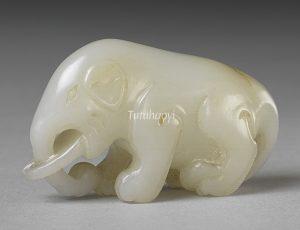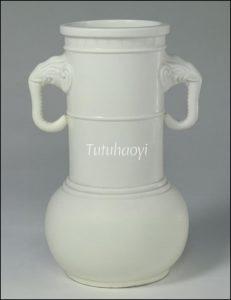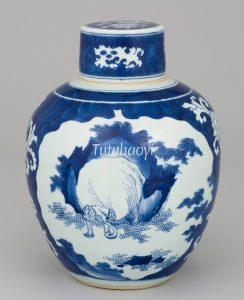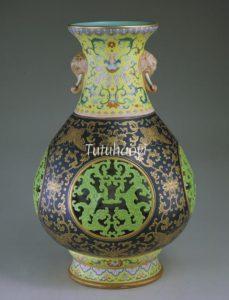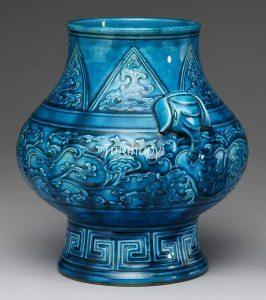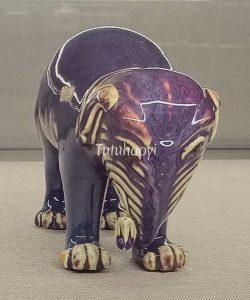Elephant
象
© Tutuhaoyi.com owns the copyright of the description content for the images attached. Quoting all or part of the description content on this page is permitted ONLY IF ‘Tutuhaoyi.com’ is clearly acknowledged anywhere your quote is produced unless stated otherwise. (本页描述内容版权归Tutuhaoyi.com所有,转发或引用需注明 “Tutuhaoyi.com”, 侵权必究, 已注开源信息的条目除外。)
Ancient Chinese rulers used elephants in battle, and the animal has long been a symbol of strength, prudence, and wisdom. The Chinese character for elephant, 象 (xiàng), is a homophone of 祥 (xiáng), meaning ‘auspicious’ or ‘lucky’. As a result, elephants frequently appear in pun rebus pictures to convey auspicious wishes.
The elephant’s reputation as a sagacious creature is deeply tied to Buddhism, which reveres it as sacred. According to Buddhist tradition, on the eve of his birth, the Buddha descended from the Tushita heaven—one of the Buddhist paradises—into his mother’s womb in the form of a six-tusked white elephant. Buddhist scholars debated the exact moment at which he assumed human form. In China, artists addressed this question by portraying the Buddha’s descent as a tiny human figure riding on an elephant’s back, visually resolving the transition between divine and human forms while reinforcing his royal lineage.
Given such an array of positive symbolism, elephants were closely associated with Chinese emperors. Several Ming dynasty (1368–1644) imperial tombs feature a long spirit path (shéndào 神道) lined with monumental statues of elephants, alongside other representations of imperial strength and wisdom. These stone sculptures, part of an elaborate funerary tradition, were believed to offer protection and demonstrate the emperor’s enduring authority in the afterlife.
description by Yibin Ni
Fig 1: jade carving, Southern Song – Yuan dynasty (1127–1368), courtesy of the National Palace Museum, Taipei
Fig 2: dehua kiln vase with elephant-shaped ears, Ming dynasty (1368–1644), courtesy of the Palace Museum, Beijing
Fig 3: porcelain lidded jar with underglaze blue decoration, Chongzhen period (1628–44), Ming dynasty, courtesy of Dresden State Art Collections, Germany, Inv. no. PO 1169
Fig 4: famille verte porcelain vase with domed lid, Kangxi period (1662–1722), Qing dynasty, courtesy of Philadelphia Museum of Art
Fig 5: famille rose porcelain vase with elephant-shaped ears, Qianlong period (1736–95), Qing dynasty, courtesy of the Palace Museum, Beijing
Fig 6: porcelain Zun vase with elephant-shaped ears, Qing dynasty (1644–1911), courtesy of the National Palace Museum, Taipei
Fig 7: transformed glaze porcelain sculpture, the Republic Period (1912–49), courtesy of China Ceramic Museum, Jingdezhen, Jiangxi Province, China; photo: Mr Zhou Ying-hui
